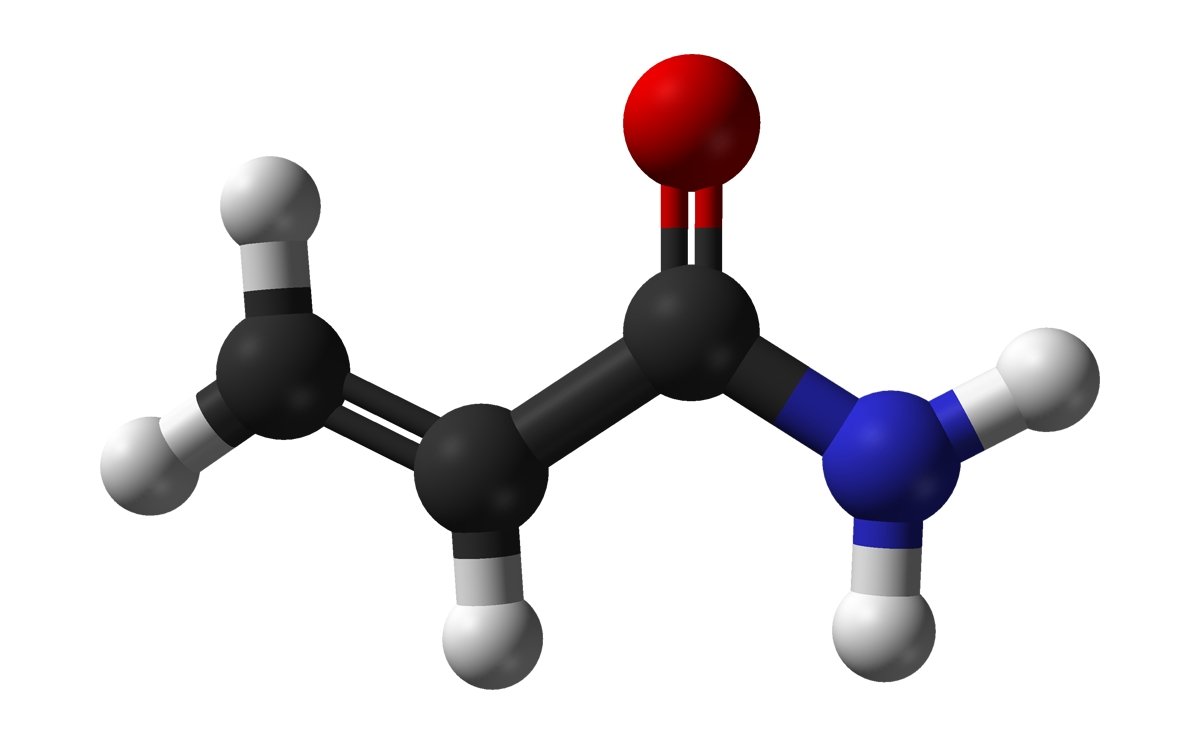
Acrylic acid, also known as prop-2-enoic acid, is an organic compound with the formula CH2=CHCO2H. It is a colorless, volatile liquid with a characteristic acrid unpleasant odor. Acrylic acid finds wide applications as a monomer in the production of polymers and copolymers such as acrylates, water-based latexes, superabsorbent polymers, and acrylic fibers. Super absorbent polymers (SAP), also known as slush powder, are cross-linked polyacrylate polymers that can absorb hundreds of times their own weight in liquids. SAP is used in diapers, adult incontinence products, feminine hygiene products, and other absorbent articles. With increasing hygiene awareness and increasing population of babies and older adults, the demand for SAP based absorbent hygiene products is rising significantly. This increasing demand acts as a major driver for the acrylic acid market.
The global Acrylic Acid Market is estimated to be valued at US$ 13.18 Bn in 2024 and is expected to exhibit a CAGR of 16% over the forecast period 2023 to 2030, as highlighted in a new report published by Coherent Market Insights.
Market key trends:
One of the key trends in the acrylic acid market is the development of bio-based or green acrylic acid. Conventionally, acrylic acid is produced from propylene via a two-step oxidation process. However, with growing environmental concerns, the industry is exploring alternative feedstock and processes to produce bio-based acrylic acid from renewable resources in a sustainable manner. Companies are developing new technologies to produce acrylic acid from bio-based feedstock such as glycerol, lignin, and vegetable oils through fermentation. For instance, Global Bioenergies is developing a unique process to produce acrylic acid directly from renewable resources like sugars through fermentation. Such bio-based production technologies have the potential to disrupt the conventional acrylic acid production landscape over the forecast period.
Porter's Analysis
Threat of new entrants: The threat of new entrants in the acrylic acid market is moderate. Large capital investments are required to set up acrylic acid production plants and compete with the key established players. Existing players also benefit from economies of scale.
Bargaining power of buyers: The bargaining power of buyers in the acrylic acid market is high. Buyers have several procurement options available and substitute products provide alternatives. Buyers can negotiate based on price and quality.
Bargaining power of suppliers: The bargaining power of suppliers is moderate. The key raw materials for acrylic acid production are propylene and ethylene, and suppliers have some control over prices. However, switching costs are low.
Threat of new substitutes: The threat of substitutes is low. Acrylic acid provides unique properties that are difficult to substitute. Alternatives like acrylamide and styrene have limited use cases as compared to acrylic acid.
Competitive rivalry: The acrylic acid market features high competition among key players. Players compete based on pricing, product differentiation, quality, and customer relationships.
Key Takeaways
The Global Acrylic Acid Market Size is expected to witness high growth during the forecast period of 2023-2030.
Regional analysis: The Asia Pacific acrylic acid market is projected to expand rapidly at a CAGR of 17.2% during 2023-2030. China and India dominate the regional market owing to the growing demand for acrylic adhesives, coatings, diapers, and other hygiene products in these countries. Expanding construction activities and rising disposable incomes are driving the acrylic acid demand in the region.
Key players operating in the acrylic acid market are Abbott, BD, Cardinal Health, Johnson & Johnson, Medtronic, 3M, Steris, Teleflex. Major players are focusing on capacity expansions and backward integration to gain a competitive advantage in the market. Companies are also investing in R&D to develop innovative and sustainable acrylic acid production technologies.
For More details on the topic:
https://www.marketwebjournal.com/acrylic-acid-market-market-size-share-analysis-growth/
Check more trending articles related to this topic:


























